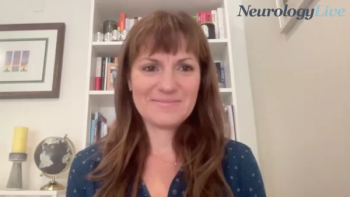
Treatment Classes for Narcolepsy
Drs Thorpy, Dogan, Doghramji, and Kushida review the various treatment classes for narcolepsy.
Episodes in this series

This is a video synopsis/summary of a panel discussion involving Michael Thorpy, MD; Karl Doghramji, MD, FAASM, DFAPA; Clete Kushida, MD, PhD; and Richard K Bogan, MD.
In discussing medications for narcolepsy treatment, various classes are highlighted, each targeting different neurotransmitter receptors. Caffeine, acting as an X receptor antagonist, is commonly used to alleviate daytime sleepiness, although not prescribed. Stimulants like methylphenidate and amphetamines enhance dopamine, norepinephrine, and serotonin neurotransmission. Wake-promoting agents like modafinil inhibit dopamine reuptake. GABA-B receptor agonists, dopamine norepinephrine reuptake inhibitors, and histamine H3 antagonists are also utilized for managing daytime sleepiness.
For cataplexy, certain antidepressants are adjunctive agents, including tricyclic antidepressants and SSRIs like fluoxetine and paroxetine. Newer medications like solriamfetol, pitolisant, and different forms of oxybate are discussed. Solriamfetol increases dopamine and norepinephrine signaling, while pitolisant enhances histaminergic neurotransmission by inhibiting histamine receptors. Oxybate molecules, including a once-nightly preparation, stabilize wakefulness.
Consideration of special populations is crucial due to potential increases in sympathetic tone and interactions with liver cytochrome systems affecting drug metabolism. While norepinephrine reuptake inhibition is associated with cataplexy improvement, solriamfetol lacks FDA approval for cataplexy, contrasting with pitolisant and oxybate forms approved for both excessive daytime sleepiness and cataplexy.
Video synopsis is AI-generated and reviewed by NeurologyLive editorial staff.
Newsletter
Keep your finger on the pulse of neurology—subscribe to NeurologyLive for expert interviews, new data, and breakthrough treatment updates.





